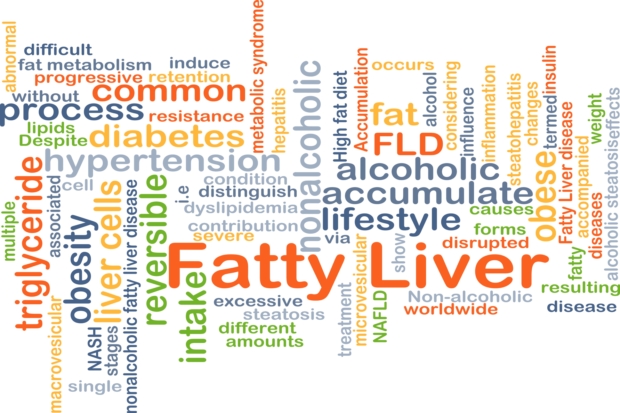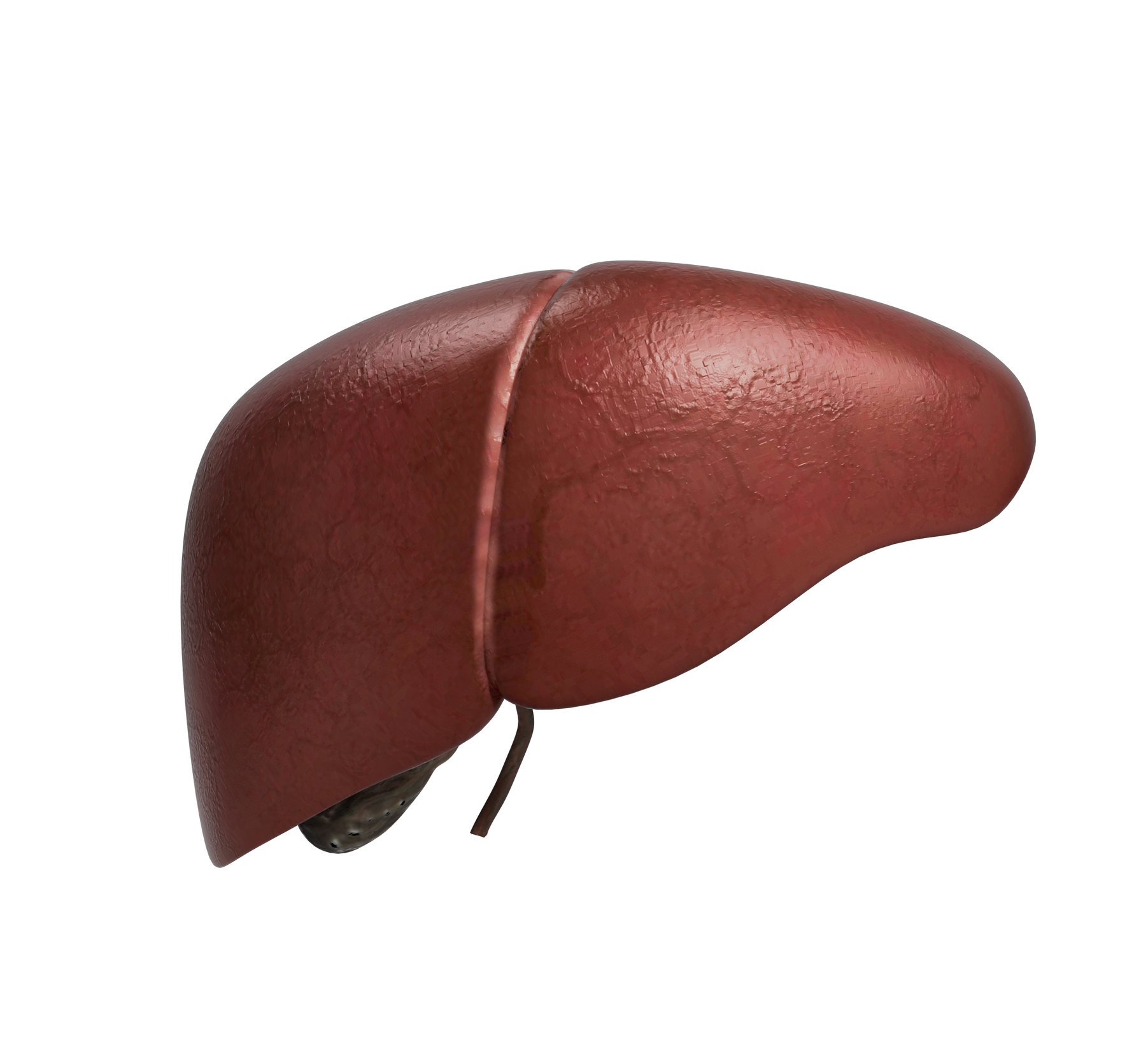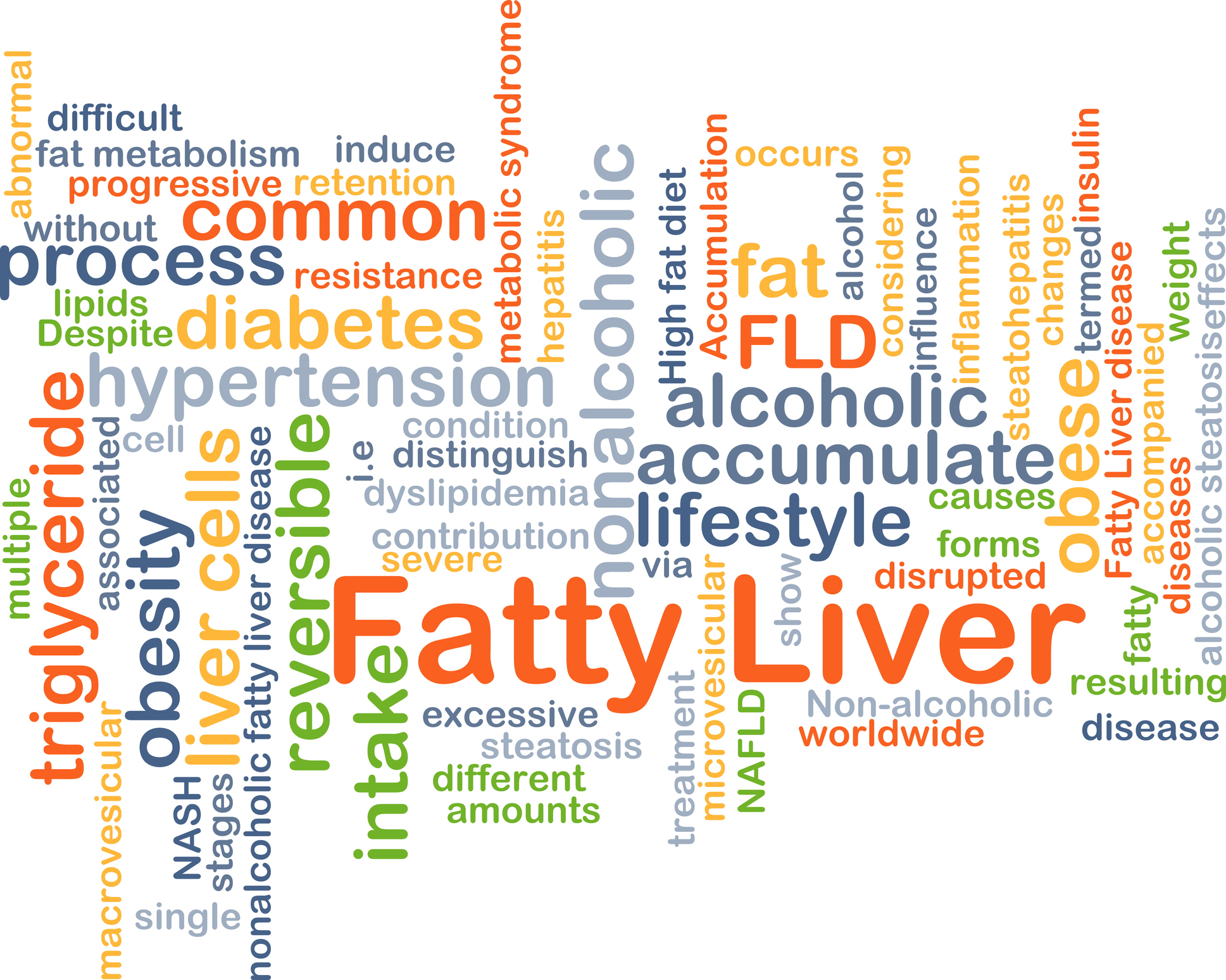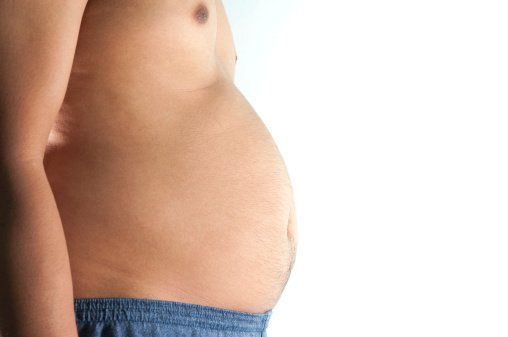Non-alcoholic fatty liver disease mortality risk predicted by measuring steatosis, activity, and fibrosis
Non-alcoholic fatty liver disease mortality risk can be predicted using the steatosis, activity, and fibrosis (SAF) score. It is well known that patients with non-alcoholic fatty liver disease (NAFLD) are at a higher risk of death, so researchers and doctors have been long searching for a way to predict mortality. Finally, a scoring system has ...click here to read more





